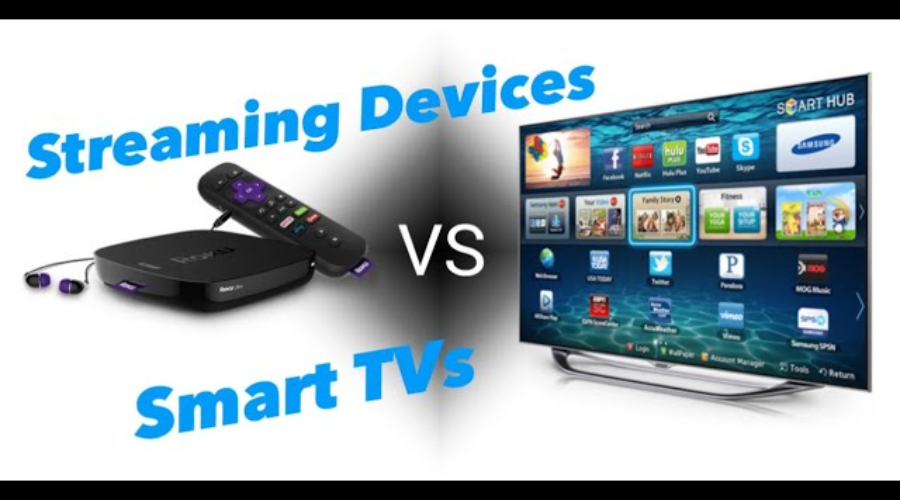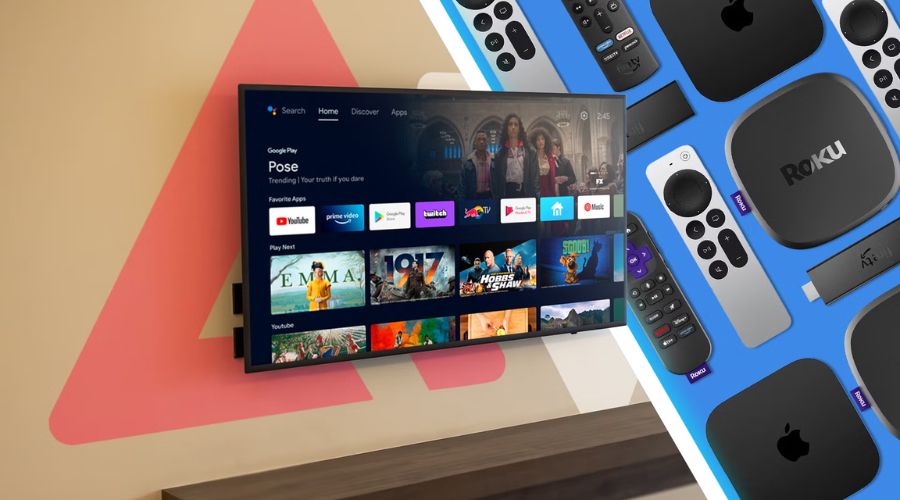Smart TVs vs. Streaming Devices: Which Offers Better Entertainment In 2025?
When it comes to modern home entertainment, the debate between Smart TVs vs. Streaming Devices continues to evolve in 2025. Both options provide access to a world of content, but they do so in distinctly different ways. Smart TVs integrate streaming capabilities directly into the television, offering an all-in-one solution, while streaming devices provide dedicated hardware that can transform any TV with an HDMI port into a content powerhouse. Choosing between Smart TVs vs. Streaming Devices depends largely on your budget, desired features, and how frequently you plan to upgrade your entertainment system.





